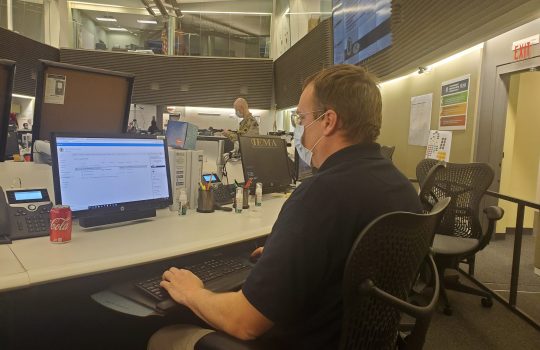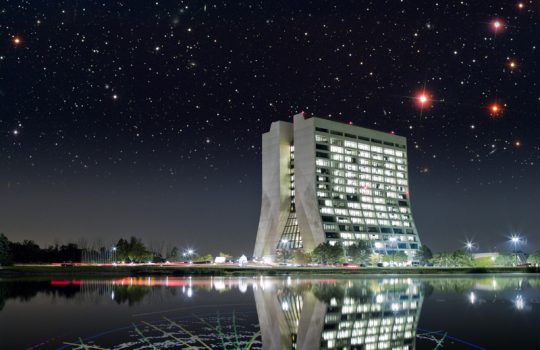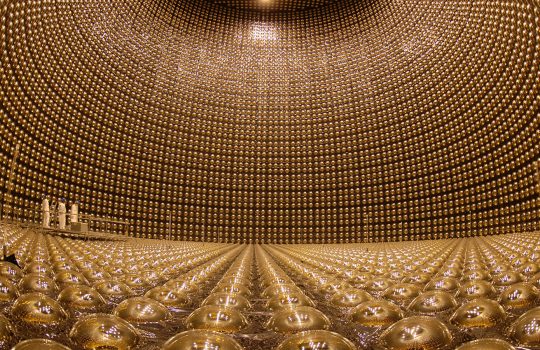Serving society: Keenan Newton volunteers as Illinois incident manager
Typically, Fermilab employee Keenan Newton spends his days managing Fermilab’s main content management platforms and his nights and weekends as a volunteer firefighter. Now he’s arranged his schedule to serve the Illinois Emergency Management Agency, volunteering his personal time to help people during the current pandemic and responding to hazardous situations while based at the State Emergency Operations Center in Springfield.



